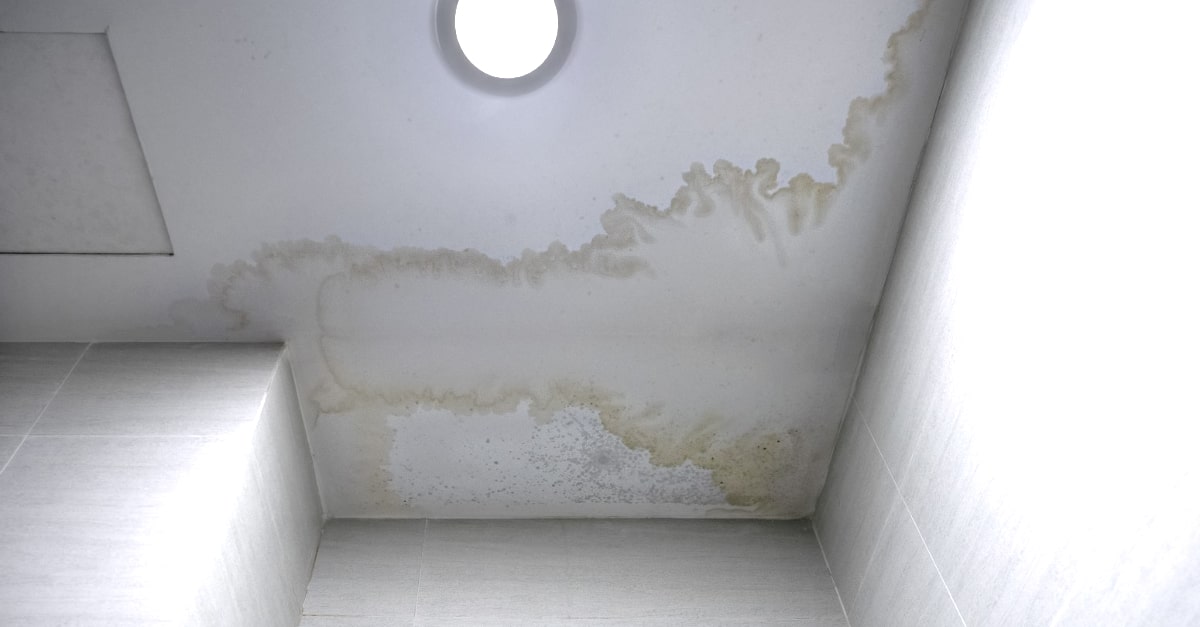Understanding the Primary Reasons for Leakage in The Home
Understanding the Primary Reasons for Leakage in The Home
Blog Article
Everybody seems to have their personal perception when it comes to How Fast Water Damage Can Ruin Your Home.

Leaks not just create waste of water yet can likewise trigger unnecessary damage to your house and also promote undesirable organic development. Regrettably, water leakages may go undetected considering that most of the pipework in our residence is hidden. By looking as well as understanding for day-to-day circumstances that cause leakages, you can safeguard your residence from future leaks and also unnecessary damages. Today, we will consider six leakage creates that may be creating your pipes to leak.
Instantaneous temperature level changes.
Severe temperature level adjustments in our pipes can trigger them to expand and get unexpectedly. This expansion and contraction might create fractures in the pipes, especially if the temperature are below freezing. If you maintained an eye on how your plumbing works, it would certainly be best. The presence of the previously discussed situations often suggests a high risk.
Rusty water systems
As time passes by, your plumbing system ages and deterioration such as rust might begin eating away the pipelines. This might be the cause of discoloration or bending on your pipes. This asks for an inspection with your plumber promptly. If our plumbing system is old, take into consideration replacing the pipelines since they go to a greater risk of rust than the more recent designs.
Defective Pipe Joints
The factor at which your pipes attach is frequently the weakest web link in the waterline. Pipe joints can weaken with time, leading to water leakages. The bulk of pipeline joints are not conveniently visible. If you have noisy pipelines that make ticking or banging noises, particularly when the hot water is activated, your pipe joints are most likely under a lot of stress. It is suggested to have your plumber evaluate your system annually.
Intruding roots
Most water leakages begin outside the residence rather than inside it. You may observe damp spots or sinkholes in your yard, and also that may imply that tree origins are getting into water lines causing water to leak out.
Poor Water Connectors
At times, a leakage can be triggered by loosened pipes and pipelines that supply your devices. In case of a water links leak, you may see water running straight from the supply line or puddles around your devices.
Blocked Drains
Clogged drains pipes may be bothersome and also inconveniencing, yet they can sometimes wind up causing an overflow causing break pipelines. Maintain getting rid of any materials that might drop your drains pipes that could obstruct them to avoid such hassles.
All the above are sources of leaks however not all water leakages arise from plumbing leaks; some leakages may originate from roofing leakages. All leakages should be repaired quickly to stay clear of water damages.
Leaks not only cause waste of water yet can likewise trigger unneeded damage to your home as well as promote unwanted organic growth. By looking and also recognizing for day-to-day situations that create leakages, you can protect your home from future leakages and also unneeded damage. Today, we will look at 6 leak triggers that may be triggering your pipelines to drip.
At times, a leakage can be caused by loose tubes and pipelines that provide your appliances. In case of a water connections leak, you might observe water running directly from the supply line or puddles around your home appliances.
How To Check For Water Leak In Your Home
How To Check for Leaks
The average household's leaks can account for nearly 10,000 gallons of water wasted every year and ten percent of homes have leaks that waste 90 gallons or more per day. Common types of leaks found in the home are worn toilet flappers, dripping faucets, and other leaking valves. These types of leaks are often easy to fix, requiring only a few tools and hardware that can pay for themselves in water savings. Fixing easily corrected household water leaks can save homeowners about 10 percent on their water bills.
To check for leaks in your home, you first need to determine whether you're wasting water and then identify the source of the leak. Here are some tips for finding leaks:
Take a look at your water usage during a colder month, such as January or February. If a family of four exceeds 12,000 gallons per month, there are serious leaks.
Check your water meter before and after a two-hour period when no water is being used. If the meter changes at all, you probably have a leak.
Identify toilet leaks by placing a drop of food coloring in the toilet tank. If any color shows up in the bowl after 10 minutes, you have a leak. (Be sure to flush immediately after the experiment to avoid staining the tank.)
Examine faucet gaskets and pipe fittings for any water on the outside of the pipe to check for surface leaks.
Undetected water leaks can happen without the home or business owner even realizing. If you suspect a water leak, but not able to find the source. It is time to contact a professional water leak detection service, The Leak Doctor.
How To Find a Water Leak In Your Home
https://www.leakdoctor.com/blog/How-To-Check-For-Water-Leak-In-Your-Home_AE197.html
Do you like reading up on How Fast Water Damage Can Ruin Your Home? Create a remark down below. We would be pleased to hear your thoughts about this article. In hopes to see you back again before long. If you appreciated our article if you please don't forget to share it. Thanks a bunch for your time. Don't hesitate to stop by our website back soon.
The best? Call us! Report this page